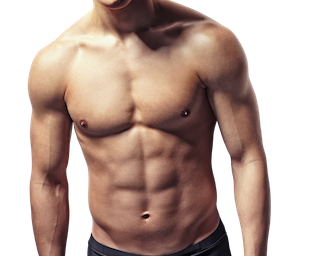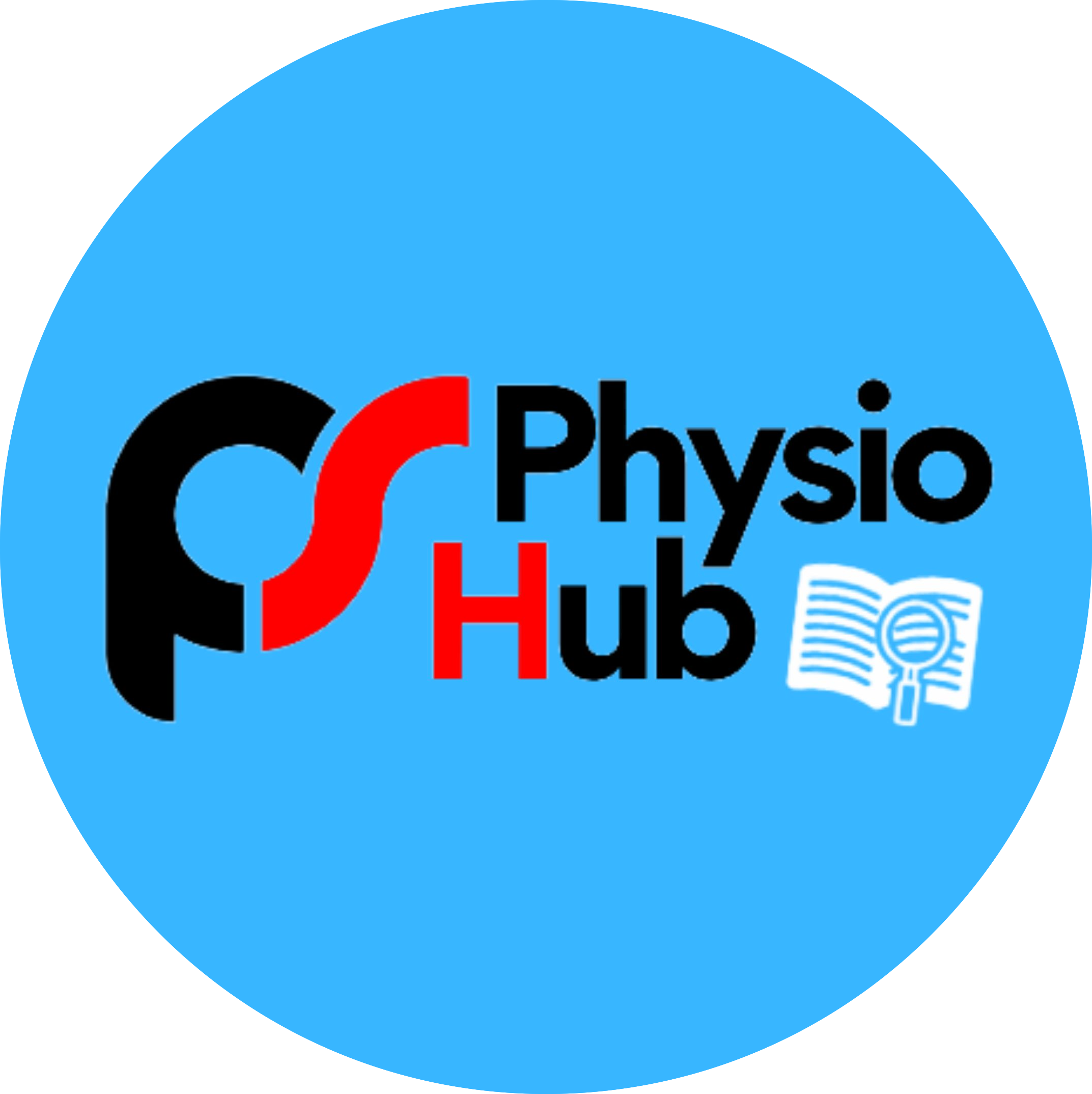Physio Hub:
Evidence-Based Article
Building a Defined Chest Muscles

< Key Points >
- Understanding the Anatomy of the Chest, specifically the upper (clavicular head) and lower (sternal head) muscles, is essential for targeted and effective chest development.
- Effective Upper Chest Development requires inclined bench presses and dumbbell exercises, while Lower Chest Growth benefits from close grip bench presses and specific stretching for flexibility and muscle definition.
- A Strategic Combination of Strength Training and Stretching, informed by chest anatomy and research-proven exercises, is key to achieving a well-defined, aesthetically pleasing, and functional chest.
Did you know that obtaining a well-defined chest requires more than just hard work and dedication? For those who strive to build a strong chest, many find it challenging to obtain solid results despite vigorous exercise routines and countless reps in the gym. This article aims to guide both novices and seasoned gym-goers, of all ages and genders, through both the anatomy of the chest and targeted exercises necessary for developing more desirable chest muscles, with evidence based on real research.
Understanding Your Chest: Upper and Lower Muscles
To properly target and build any muscle in the body, we first must understand the key anatomy to be able to focus on and visualize the muscle in action. The chest, or pectoralis major muscle, is actually divided into two distinct sections: the clavicular head (upper chest) and the sternal head (lower chest). In order to optimize chest development, it’s imperative to target both the upper and lower portions of the chest. This nuanced approach ensures that you’re not only enhancing muscle size but also improving muscle definition and symmetry, leading to a more aesthetically pleasing and functional chest (Melani, 2019).
Top Exercises for a Stronger Upper Chest
Now that we know the anatomy better, the question becomes: how will we target these muscle groups? Research suggests that a combination of exercises is our best bet. The inclined bench press, particularly at a 30° inclination, is going to be the best bang-for-your buck to activate and isolate the upper pectoralis major (Jagessar, 2010; Rodríguez-Ridao, 2020). Additionally, the dumbbell fly and press exercises were also found to be effective (Welsch, 2005). These exercises, when performed with proper technique, can help maximize the development of the upper pectoralis muscle to reach our strength and development goals.
Key Ideas for a Developed Lower and Complete Chest
Okay, now what about the lower chest? The close grip bench press has been found to be beneficial in lower chest development. In addition, shoulder horizontal abduction stretching, especially at 90° and 150°, was found to increase the mobility of the pectoralis minor muscle via an effect known as the shear elastic modulus (Umehara, 2017). This highlights the importance of mobility in our strengthening program which we can achieve with an added stretching routine. The unilateral self-stretch has also been shown to be the most effective method for elongating the pectoralis minor muscle (Borstad, 2006). These stretches go a long way to enhance flexibility and muscle definition, contributing to a more defined, symmetrical and complete chest appearance.
Wrapping Up: Your Path to a Bigger, Defined Chest
It turns out that building a better chest requires more than just hard work; it necessitates a strategic approach based on the understanding of chest anatomy and targeted exercises as well as stretches. By focusing on both the upper and lower pectoralis muscles through a combination of strength training and stretching proven in research, individuals can achieve their aesthetic and functional goals. With this in mind we are ready to unlock the full potential of our chest development whether you are just starting out or looking to overcome a plateau. All that’s left is to get started today!
< Reference >
- Melani A, Gobbi G, Galli D, et al. Muscle Activation in Traditional and Experimental Barbell Bench Press Exercise: A Potential New Tool for Fitness Maintenance. Sports. 2019;7(10):224. doi:10.3390/sports7100224
- Rodríguez-Ridao D, Antequera-Vique JA, Martín-Fuentes I, Muyor JM. Effect of Five Bench Inclinations on the Electromyographic Activity of the Pectoralis Major, Anterior Deltoid, and Triceps Brachii during the Bench Press Exercise. IJERPH. 2020;17(19):7339. doi:3390/ijerph17197339
- Welsch EA, Bird M, Mayhew JL. Electromyographic Activity of the Pectoralis Major and Anterior Deltoid Muscles During Three Upper-Body Lifts. J Strength Cond Res. 2005;19(2):449. doi:1519/14513.1
- Umehara J, Nakamura M, Fujita K, et al. Shoulder horizontal abduction stretching effectively increases shear elastic modulus of pectoralis minor muscle. Journal of Shoulder and Elbow Surgery. 2017;26(7):1159-1165. doi:1016/j.jse.2016.12.074
- Borstad JD, Ludewig PM. Comparison of three stretches for the pectoralis minor muscle. Journal of Shoulder and Elbow Surgery. 2006;15(3):324-330. doi:1016/j.jse.2005.08.011



